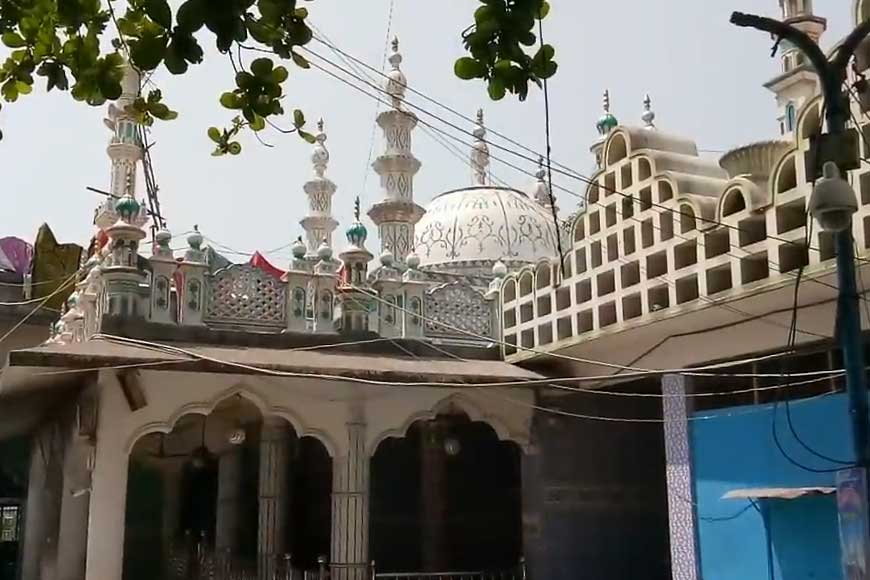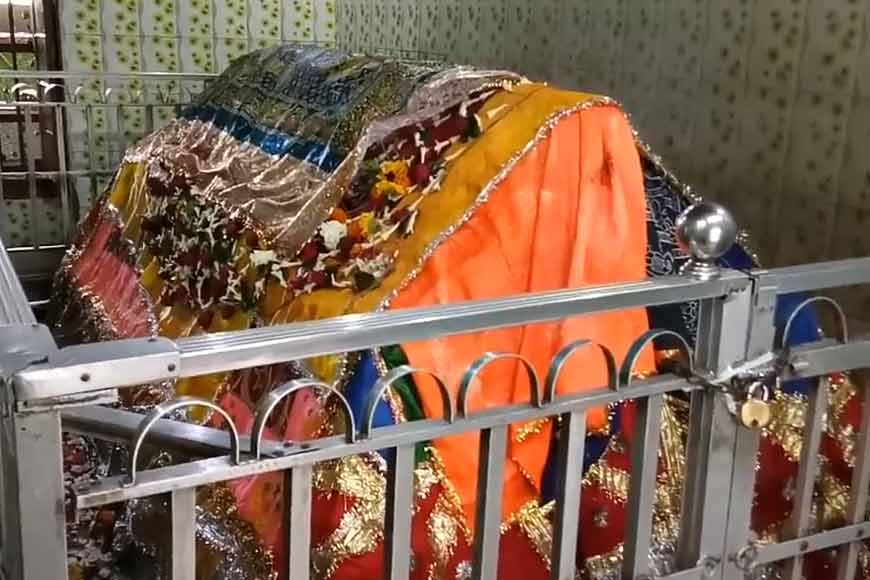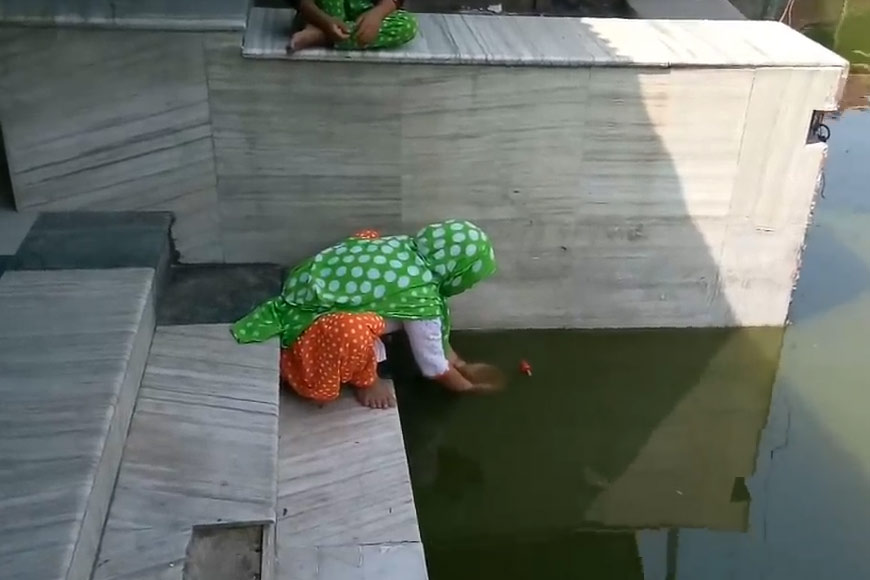Bengal’s Ghutiari Sharif – where faiths and belief meet beyond religious boundaries

Bengal has always been the melting pot of religions and cultures and no wonder the great bard Rabindranath Tagore knew of that blend and celebrated it always. One of the most revered yet less talked about shrines dedicated to a Muslim saint lies around 40 km from the heart of Calcutta and two stops before Canning, the gateway to the Sundarbans. This is Ghutiari Sharif where pilgrims from all religions meet to pray to Ghazi baba who is thought to answer the prayers of all.

A suburb in South 24-Parganas, Ghutiari Sharif is known for the mazaar (resting place) of Pir Ghazi Mubarak Ali, a revered 17th-century Muslim saint. It also reflects the secular character of Bengal at a time religious polarisation is the dominant narrative in India. Hindus, Muslims, and people from all faiths and religions throng this place in large numbers. Legends and folklore in Bengal are often a part of everyday life, transcending barriers of religion and caste. Many Hindu women with sindoor-smeared foreheads are seen dipping their hands into a pond in the shrine compound, where people pray silently for their wishes to be fulfilled.

The place has a large pond that is considered to be sacred and people pray at the mazaar so that their wishes come true. Many women come here wishing for a child. The shrine is a five-minute walk from Ghutiari Sharif railway station in the Sealdah-Canning suburban section. The narrow road is dotted with shops. The resting place of the pir is at the center of the compound. The top of the shrine has a mosaic dome with four towers. This area was a part of the Sundarbans and was hit by a severe drought four centuries ago. Pir Ghazi Mubarak Ali is said to have brought rainfall to the area. He is also said to have cured a Hindu king, Madan Roy, from a severe bout of illness, after which Roy gifted him swathes of land. The mazaar stands on that land.

Since Pir Baba did not discriminate between people, the place still upholds that secular tradition. Shops in the area sell incense sticks, flowers, chadars, and other objects offered to the pir’s resting place. Dewan is a common title given to the future generations of the pir, some of whom are also part of the managing committee of the shrine. In medieval Bengal, many Islamic preachers became popular because they spoke in a simple language that everyone could connect with. They were not heavy on scriptural understanding of religion but talked about devotion as a way of life. Ghutiari Sharif hosts two major fairs in a year. One is in the first week of August, commemorating the death anniversary of the pir. The other is in June, which coincides with the famous Ambubachi Mela at the Kamakhya temple in Assam. King Madan Roy, a regular at the Kamakhya temple started this fair. Special trains are run during the fairs and lakhs of people, Hindus and Muslims, throng the shrine, apart from tens of thousands every week.










